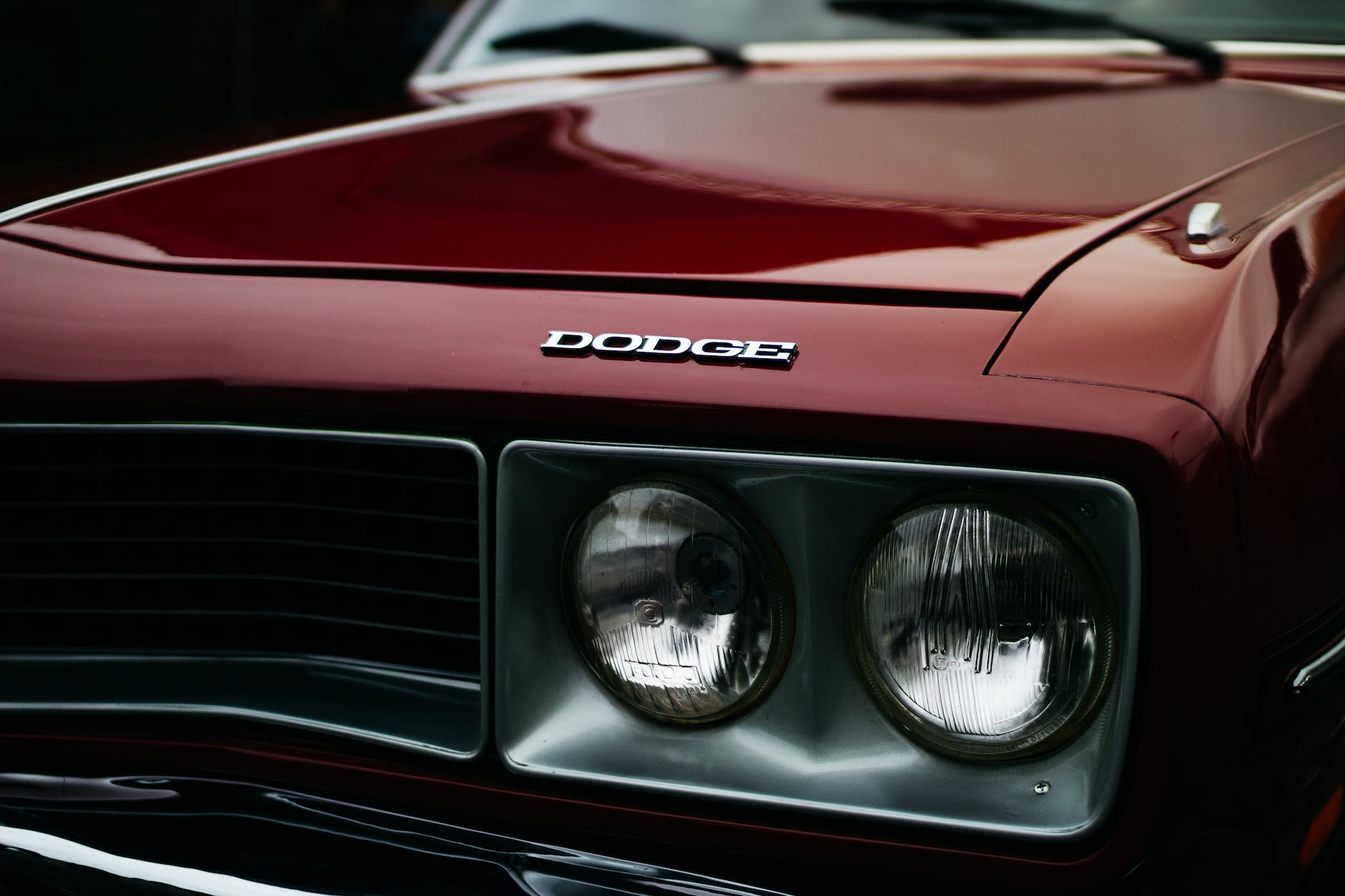In This Article Show
As a mechanic with over 15 years of hands-on experience, I’ve had countless encounters with various engine models and have written about some of them, like this guide on V6 to V8 engine cost guide, the best year to get the 6.0 Vortec engine, understanding 4.56 gears and so much more yet, few have impressed me as much as the 5.7 HEMI engine, a powerhouse revered in the automotive industry for its performance and dependability.
If you’re interested in learning about the interchangeability of this engine, you’ve come to the right place. This blog post aims to dissect and shed light on the years the 5.7 HEMI engines are interchangeable, a topic that often sparks questions among car enthusiasts and professionals alike.
Now, you might wonder: Why does this matter? The concept of interchangeability allows us to replace an engine with a similar one from another vehicle, given that the engines are compatible.
This is particularly crucial when considering a performance upgrade or in unfortunate events where your engine might need a complete replacement.
Understanding the 5.7 HEMI Engine
The 5.7 HEMI engine is an integral part of American automotive heritage. Chrysler first introduced it in 2003 as a modern interpretation of the legendary Hemispherical engine design, drawing from the innovative engineering concepts that Chrysler first developed in the mid-20th century.
The term ‘HEMI’ originates from the design of the combustion chamber, which is hemispherical in shape. This design is lauded for its efficiency and high power output, leading to its widespread popularity in performance and muscle cars.
One of the standout features of the 5.7 HEMI engine is its ability to produce an impressive amount of horsepower and torque, while still maintaining reasonable fuel economy. This balance between power and efficiency makes it an excellent choice for various applications, from personal vehicles to commercial trucks.
Over the years, the 5.7 HEMI engine has been used in numerous vehicles under the Chrysler umbrella, including the Dodge Ram, Dodge Charger, Chrysler 300C, and the Jeep Grand Cherokee. Its versatility and reliability have contributed significantly to its continued popularity among both manufacturers and drivers.
The Concept of Engine Interchangeability
Engine interchangeability is an important concept in automotive maintenance and customization. In simple terms, it refers to the ability to replace an existing engine with another, typically from a different vehicle, while ensuring compatibility and functionality.
One of the main advantages of engine interchangeability is that it gives car owners the flexibility to upgrade their engines for improved performance or to replace a failing one. It’s not uncommon for someone to swap an engine to achieve more power, better fuel efficiency, or to breathe new life into an old vehicle.
However, successful engine interchangeability is not as straightforward as simply choosing and installing a new engine. Various factors influence whether an engine will be a good fit for a particular vehicle.
These include compatibility with the vehicle’s electronic system, matching the transmission, and ensuring the new engine physically fits within the car’s engine compartment.
Years of 5.7 HEMI Interchangeability
The 5.7 HEMI engine has seen several modifications and updates since its introduction in 2003. Despite these changes, there is a degree of interchangeability among certain years of these engines.
As a general rule, most 5.7 HEMI engines from 2003 to 2008 are interchangeable, owing to the fact that the designs and specifications during this period were quite similar. This means that you can swap a 5.7 HEMI engine from a 2003 Dodge Ram with one from a 2008 Chrysler 300C, for instance, and expect it to work.
However, it’s important to note that while the base engine block might be interchangeable, some peripheral components such as the intake manifold, exhaust system, or wiring harness might differ between models and years.
Therefore, these components may need to be swapped or modified to ensure compatibility.
From 2009 onwards, Chrysler made significant changes to the 5.7 HEMI design, including introducing the Variable Valve Timing (VVT) system and upgrading the fuel management system. These engines are not directly interchangeable with the earlier models without substantial modifications.

Factors to Consider for Successful Engine Interchange
When contemplating an engine swap, it’s crucial to be aware of the key considerations that can influence the success of the project. Here are the top three factors that I recommend based on my 15 years of experience as a mechanic:
1. Compatibility with the Vehicle’s Electronic System
Modern engines, including the 5.7 HEMI, are heavily reliant on electronic systems for optimal performance. The Engine Control Unit (ECU) manages everything from fuel injection and ignition timing to variable valve timing.
Therefore, when swapping engines, it’s important to ensure that the ECU can communicate effectively with the new engine. This might require modifications or even a replacement ECU.
2. Matching the Transmission
The transmission and engine are partners in the process of propelling your vehicle. They need to work in harmony to deliver power efficiently.
When contemplating an engine swap, it’s crucial to check if your current transmission can handle the power output of the new engine, and whether it can physically connect without major modifications.
3. Physical Fit in the Engine Compartment
Lastly, one of the most practical considerations is whether the new engine will physically fit into your car’s engine compartment.
While the 5.7 HEMI engines are relatively compact for their power output, each vehicle has unique dimensions that need to be considered. You may also need to account for extra space for additional or different peripherals.
Engine interchangeability can open a new world of potential for your vehicle, but it’s crucial to plan it properly. Understanding these key considerations will help ensure a successful engine swap.
Frequently Asked Questions About 5.7 HEMI Interchangeability
Over the years, I’ve fielded numerous questions about 5.7 HEMI interchangeability. Here, I’ll address some of the most common ones to further clarify this topic.
Can I swap a 2006 5.7 HEMI engine with a 2012 one?
Due to significant changes in the engine design introduced by Chrysler in 2009, a direct swap between these years might not be feasible without substantial modifications, particularly regarding the ECU and other peripherals.
Does changing the engine affect the vehicle’s resale value?
The impact on resale value largely depends on the swap’s quality and potential buyers’ preferences. A well-executed engine swap can potentially increase a vehicle’s value, especially if it enhances performance.
Are all components of 5.7 HEMI engines from different years interchangeable?
While the core engine block may be interchangeable among certain years, keep in mind that many peripheral components, such as the intake and exhaust systems, might differ between models and years.
Is it legal to swap my vehicle’s engine?
Laws vary by location, but in most places, engine swaps are legal as long as the new engine also meets emission standards for the vehicle’s model year. Always check local regulations before proceeding with an engine swap.
Wrapping it up
Understanding the interchangeability of the 5.7 HEMI engine can provide a plethora of options, whether you’re looking to enhance performance, perform a necessary replacement, or breathe new life into an older vehicle.
While there’s a degree of interchangeability among the 5.7 HEMI engines, particularly between 2003 and 2008, it’s vital to note the nuances and the importance of considering compatibility with your vehicle’s system.










